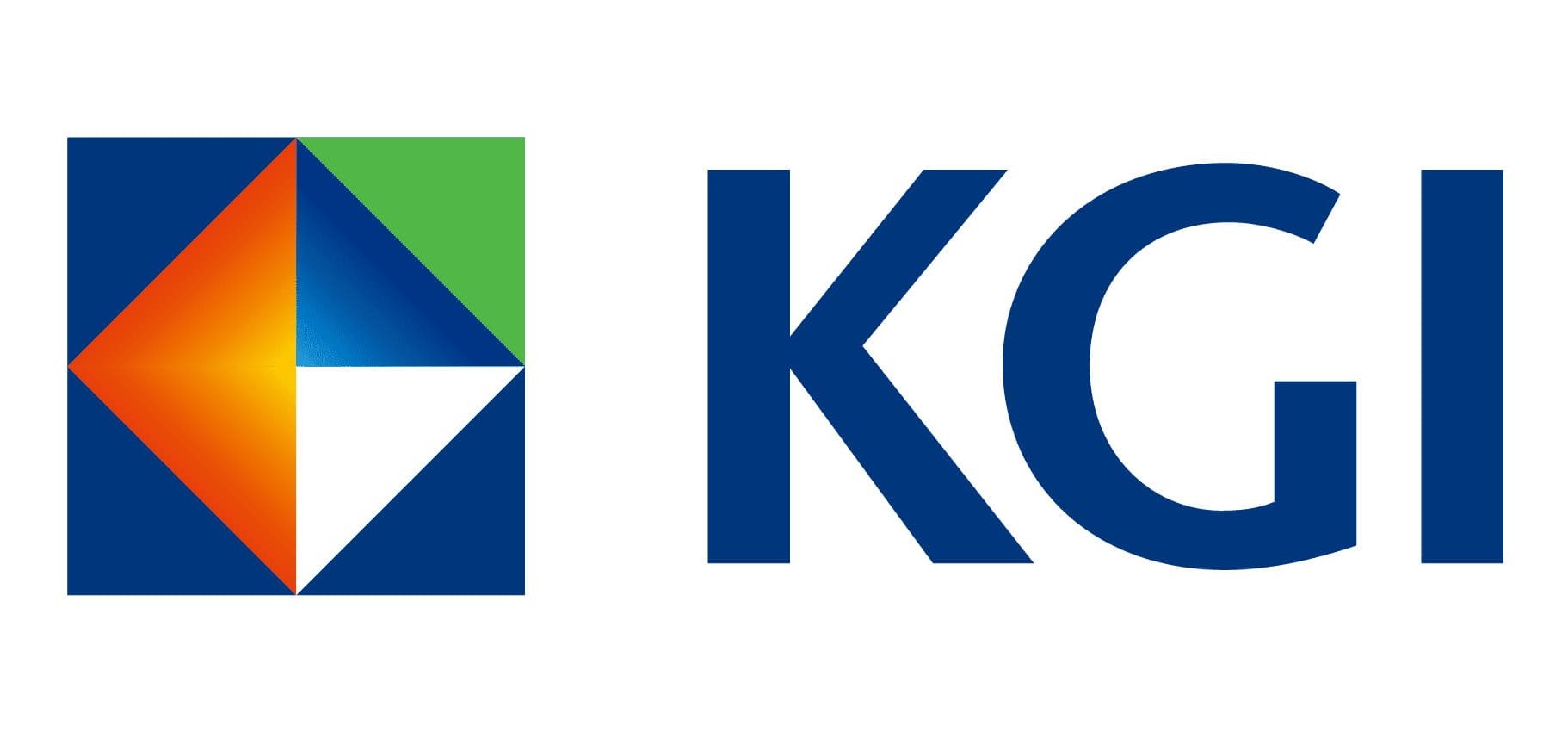Weekly Securities Newsletter: What Buffett Leaves the Market With

What Buffett Leaves the Market With
Chart of the Week:
Exchange Rate Volatility Rivals the Stock Market, Is a New Plaza Accord Coming?
The trade war has evolved from a tariff conflict in early April into a currency battle. The U.S. Dollar Index has depreciated by around 3% in recent months, fluctuating near the 100 mark. Non-U.S. currencies have rallied in unison, with Asian currencies seeing catch-up gains. Among them, the Australian Dollar and Taiwan Dollar have shown the most notable strength. The Taiwan Dollar reflects both the weakening U.S. Dollar and foreign capital inflows. More significantly, market sentiment driven by trade negotiations has triggered collective behaviors such as exporters selling foreign currency, insurance funds seeking hedges, and investors rushing to exchange money.
Market Recap 1:
Economic and Earnings Data Beat Expectations, Risk Assets Rise
U.S. non-farm payrolls rose by 177,000 in April, beating expectations of 133,000, while the unemployment rate held steady at 4.2%, signaling a resilient labor market. This helped ease concerns over the unexpected 0.3% contraction in U.S. Q1 GDP. The primary drag on GDP was the widening March trade deficit, which hit a record high of $140.5 billion. The ISM Non-Manufacturing PMI for April came in at 51.6, up from March and above the forecast of 50.2, indicating continued growth in the services sector. Steady economic data and earnings, along with a newly reached U.S.-U.K. trade agreement, further boosted market sentiment. Under the deal, the U.K. will lower tariffs on U.S. goods from 5.1% to 1.8% and increase U.S. imports, while exports from the U.K. to the U.S. will still face a 10% tariff. U.S. tariffs on British steel products will drop from 25% to 0%, and car tariffs will be cut from 27.5% to 10%. These developments helped propel global equities higher, with SOX index and DAX index leading the gains.
Market Recap 2:
Fed Maintains Hawkish Stance with Rates Unchanged; PBoC Eases Policy via Rate and Reserve Cuts
The U.S. economy remains solid, and as widely expected, the Fed kept its benchmark interest rate unchanged at 4.25%–4.50%. Chair Jerome Powell noted rising risks of stagflation and stated that if tariffs hinder progress toward inflation targets, rate cuts may be delayed. He reaffirmed the Fed’s policy independence. Hopes that the Fed might adopt preemptive easing due to tariff pressures were dashed, with markets now projecting rate cuts to begin as early as July. U.S. Treasury yields edged slightly higher.
What’s Trending:
Inflation Pressures Persist; Fed Maintains Wait-and-See Approach
On May 7, the Fed unanimously voted to keep its benchmark interest rate unchanged at 4.25%–4.50%, in line with market expectations. The accompanying statement reaffirmed that economic activity continues to grow at a solid pace, while noting recent volatility in net exports. The Fed emphasized that economic uncertainty has “further” increased and added language indicating that risks of rising inflation and higher unemployment have both grown. The statement also removed any mention of adjusting the pace of balance sheet reduction, signaling that the Fed will maintain the same pace as outlined in the previous meeting. This reflects a wait-and-see approach as the central bank monitors evolving economic conditions.
In Focus 1:
Buffett’s Investment Philosophy: Seek Undervalued Value Stocks with Improving Fundamentals
At this year’s Berkshire Hathaway shareholders meeting, Warren Buffett announced that he will hand over leadership to his successor, Greg Abel, by the end of the year—signaling this may be Buffett’s final appearance at the annual gathering. He also shared his views on recent U.S. trade policies and the company’s investment strategy. Buffett remarked, “Truly attractive opportunities appear only rarely. I believe that at some point in the future, a wave of opportunities will present itself to Berkshire, and we’ll be glad to have cash on hand.” This suggests he is currently holding off on large-scale investments, as he sees limited opportunities in today’s equity markets.
In Focus 2:
Short-Term Capital Parks for Yield; Strong Mid-to-Long-Term Outlook on Japanese Trading Houses
Over the past two years, Berkshire Hathaway has been gradually reducing its short-term investment holdings, pushing its cash levels to historical highs. Amid heightened market volatility this year, investors may take cues from Berkshire’s strategy of holding cash and short-term bonds to maintain investment flexibility. U.S. Treasury ETFs with maturities of 0–3 months are particularly attractive: their ultra-short duration shields them from interest rate risk, ensuring relatively stable net asset values over the medium to long term. Additionally, they offer solid yield returns. For investors already holding U.S. dollars, these instruments can serve as a temporary vehicle to earn interest. Alternatively, allocating to short-duration investment-grade bonds can help lock in yields and enhance capital efficiency.



